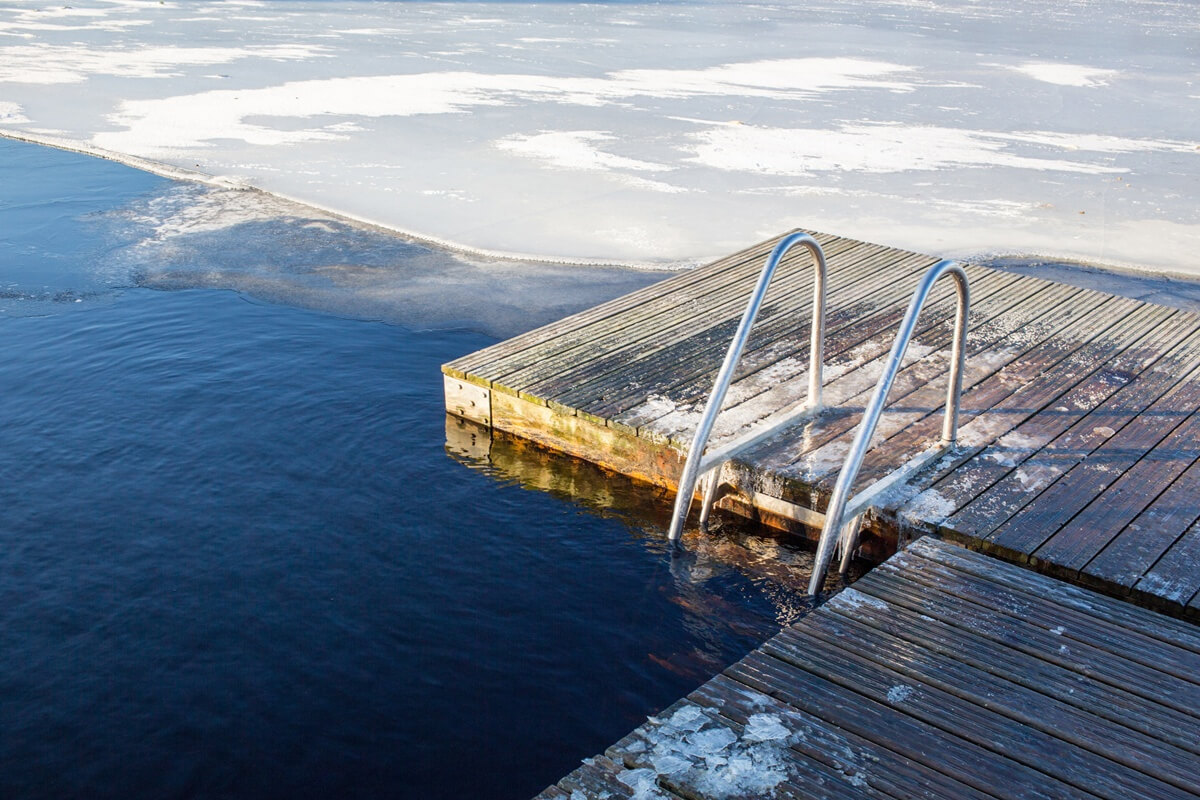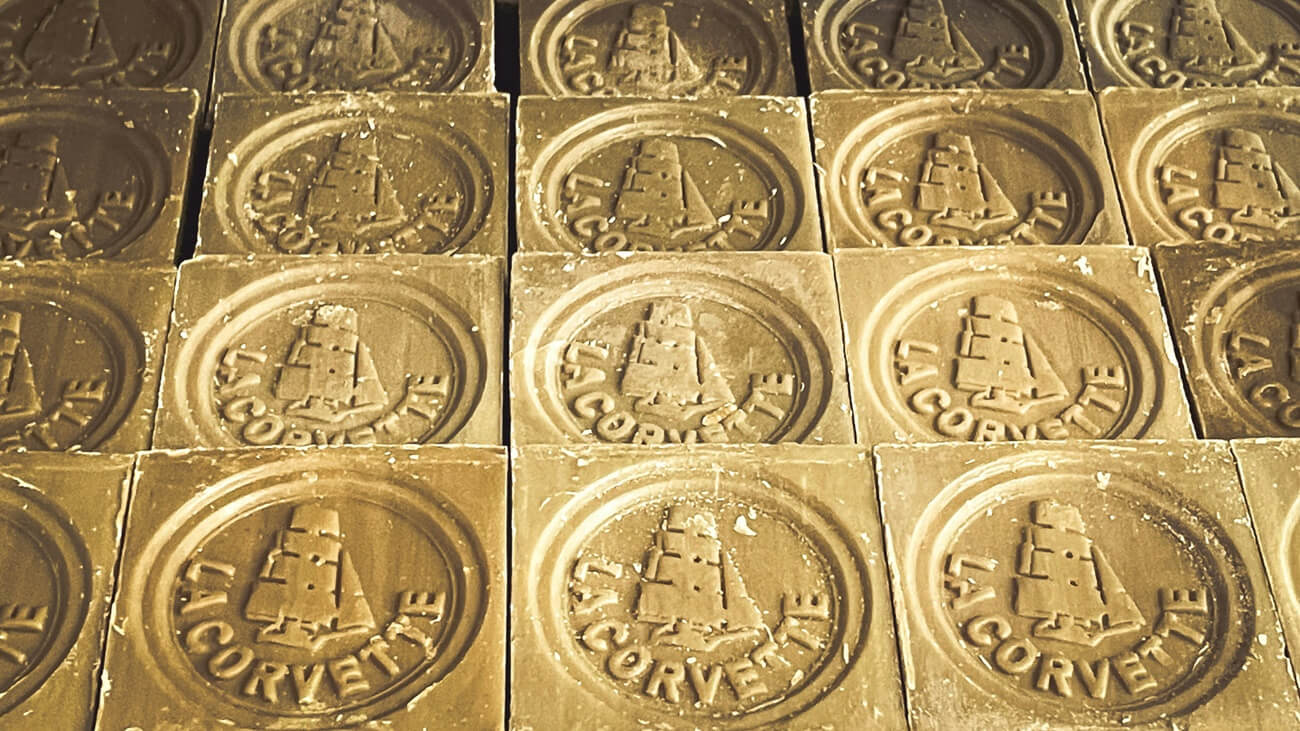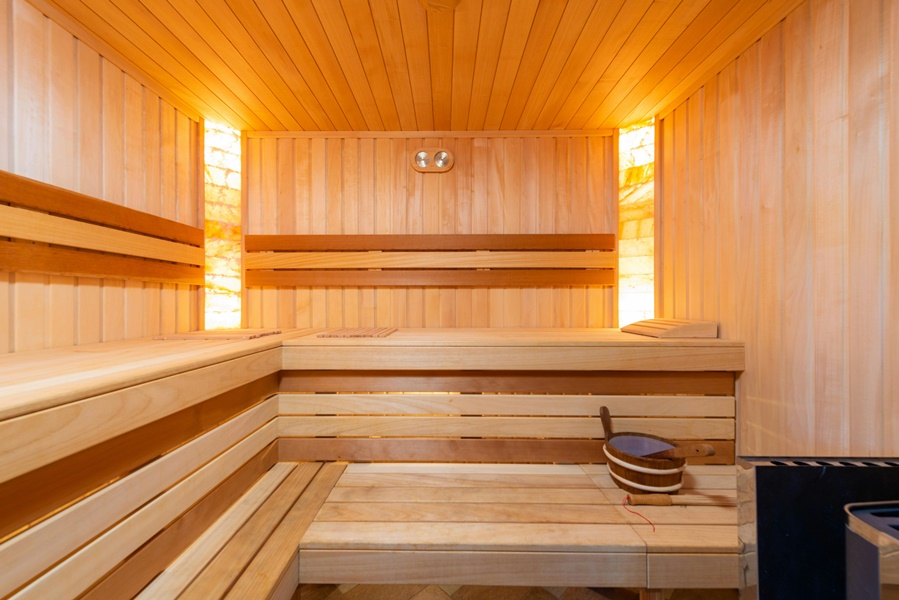Cold water has long played a role in daily life, serving as a powerful tool for building discipline, renewal, and physical alertness.
While today it might appear in the form of face rinse or morning plunge, the origins of this habit stretch back thousands of years.
Cultures across the globe have used cold water to wake the body, steady the mind, and prepare for the day ahead.
Ancient practices
One of the earliest documented uses of cold water for bodily refreshment dates to ancient Rome, where baths followed a progression from hot to cold.
The frigidarium, a cold plunge pool, was typically the final step in the sequence, believed to close the pores and invigorate the body. While these were full-body immersions, the same principles applied to the face. Cold water was considered clarifying and reviving.
In Japan, cold water has long held symbolic and practical roles. The Shinto purification practice known as misogi involves immersing oneself, often outdoors, in cold natural water, typically as part of a spiritual cleansing. Traditional misogi involved standing under a cold waterfall while chanting.
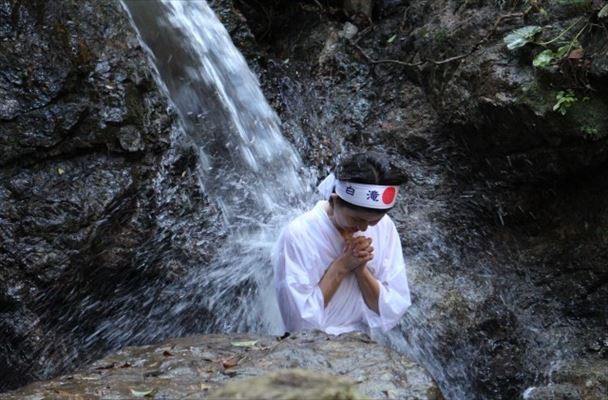
Though ritualistic in origin, the act of using cold water daily, particularly on the face, became part of broader grooming customs, especially in pre-modern periods where minimalism and routine cleanliness were strongly linked.
Cold water also had a role in 18th- and 19th-century European grooming culture, especially in France and Scandinavia. In households without indoor plumbing, water drawn from outdoor wells or basins was naturally cold. Often done at a basin with a pitcher and bowl, morning grooming meant cold water was the default as it was the only available option. Still, the invigorating effects of it on the skin were noted in household handbooks of the time.
Cold water in early skincare thinking
The connection between cold water and facial tone was reinforced by early health and hygiene literature. A hydrotherapy manual from 1908 emphasized cold-water baths upon waking as a key preventive health measure:
“The best way is to take the cold bath immediately upon rising in the morning... a vigorous use of a coarse towel... a healthy glow or reaction be produced all over the surface of the body.”
These same beliefs resurfaced in early 20th-century beauty writing, especially in French and Nordic magazines, where women were encouraged to finish their morning face wash with cold water, or even chilled rosewater, for better circulation and visible freshness.
In modern use
While the practice fell out of focus during the rise of hot running water and modern heating, it never disappeared. In fact, it has remained in use in homes where personal discipline and consistency are emphasized over experimentation.
Today, the technique is simple: rinse the face with lukewarm water and a cleanser to remove surface oils, then follow with a splash or cloth application of cold water, ideally between 50–70°F. The benefits include reduced puffiness, temporary pore constriction, increased blood flow, and preservation of the skin’s natural oils.
In recent years, a number of public figures have spoken about the method in interviews. Model Bella Hadid has mentioned using ice bowls to depuff her face before photo shoots.
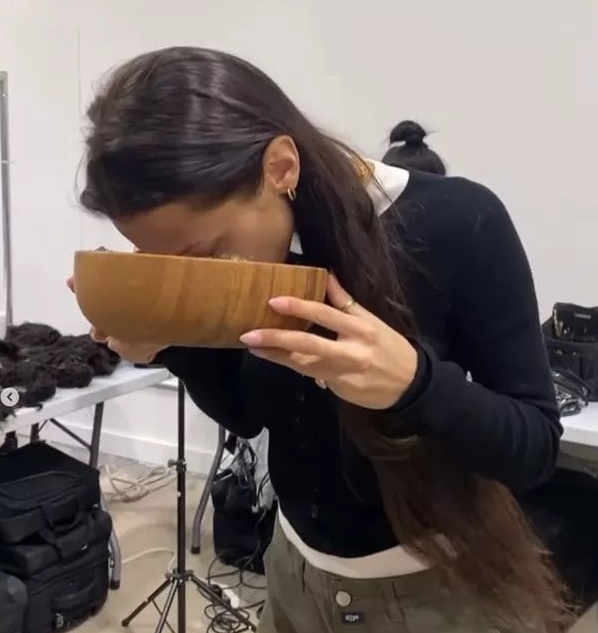
Mark Wahlberg, whose disciplined approach to fitness is well-documented, shared with Men’s Health that he "absolutely loves the cold plunge and usually goes three and a half to five minutes after a workout."
Perhaps the most famous advocate of cold plunges is Dutch motivational speaker and extreme athlete Wim Hof, whose breathing method, along with ice baths, may reduce inflammation in the body and lead to a happier and healthier life.
Despite its simplicity, the cold-water rinse endures because of its sustainability. It costs nothing, requires no special equipment, and aligns with a broader approach to grooming that favors consistency over novelty.


